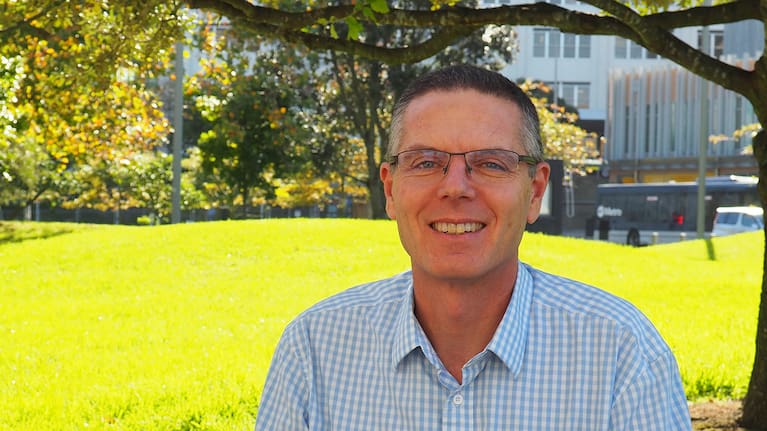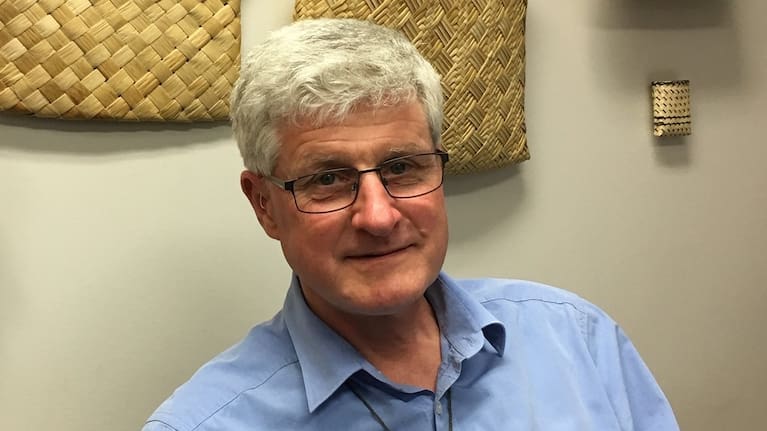Pasifika and Māori are under-represented by doctors in terms of population – contributing to negative health outcomes for the two ethnicities, new research shows.
Although decades of efforts have boosted the numbers for both Māori and Pacific doctors, they are still well below their proportion of the population.
In 2023, Māori doctors in New Zealand make up 4.7% of all doctors, up from 2.3% in the year 2000.
The Government's set to examine the now decades-old admissions scheme as part of the coalition agreement to scrap what it calls "race-based" policies. (Source: 1News)
However, this remains below the proportion of Māori in terms of their overall population, which is 16.5%
The number of Pasifika doctors has also slowly been increasing, but they remain at 2.2% of all doctors, which is below the Pasifika population at 8.2%.
The study, released in the British Medical Journal, found poverty is a barrier to studying medicine across all demographic groups, and rural-background students are under-represented in medicine.

The impact
For Pasifika and Māori, being under-represented has contributed to “profoundly negative impacts” for these populations, the researchers state.
“For example, in New Zealand, Māori life-expectancy is reduced by more than seven years compared with non-Māori.”
University of Auckland acting dean Professor Warwick Bagg said the population of doctors as a whole should “mirror the society which they take an oath to serve” in order to have the greatest positive impact on health outcomes.
“To achieve this, those who are enrolled in medical school should broadly mirror the demographics of the people they will ultimately work for.
“Moreover, medical education institutions have an obligation to improve the health of the communities they serve.”
To help address the medical workforce shortfall, both the University of Auckland and the University of Otago instigated equity policies, starting in the 1950s at Otago and in the 1970s at the University of Auckland, which are starting to shift the dial.
However, as part of National's coalition agreement with ACT, the Government will "examine the Māori and Pacific Admission Scheme (MAPAS) and Otago equivalent to determine if they are delivering desired outcomes".
Minister of Health Dr Shane Reti said "the Government’s examining a lot of programmes, making sure they are still fit for purpose and achieving the objectives they were initially set up for".
At the University of Auckland in 2022, 30% of the cohort admitted to study medicine were admitted via the MAPAS equity-targeted pathway.
At the University of Otago, the number of Māori graduates has increased markedly over the past decade, with the graduating proportion of Māori students now at or above population parity at around 15%.

Rural workforce declining
A declining rural medical workforce is also an issue - research suggests medical students from rural and regional backgrounds are more likely to return and work in the regions.
University of Otago Professor Peter Crampton said: “In order to provide high quality care to Māori and New Zealand's diverse communities, it is essential that medical schools continue to recruit from those same communities.
“We know top-quality healthcare is reliant on a suitable mix of people in the health professions. So, for example, top quality healthcare for women is dependent on there being a representative mix of women in the health workforce. And same applies in the context of rural, in the context of Pacific or Māori and so on.”
Compounding a lack of representation in the medical workforce is the number of doctors imported to work in New Zealand, said Professor Bagg.
The researchers said selection policies should be reviewed to ensure that communities in greatest need of doctors are prioritised for enrolment into medicine, and socioeconomic status should be factored in to decisions.



















SHARE ME